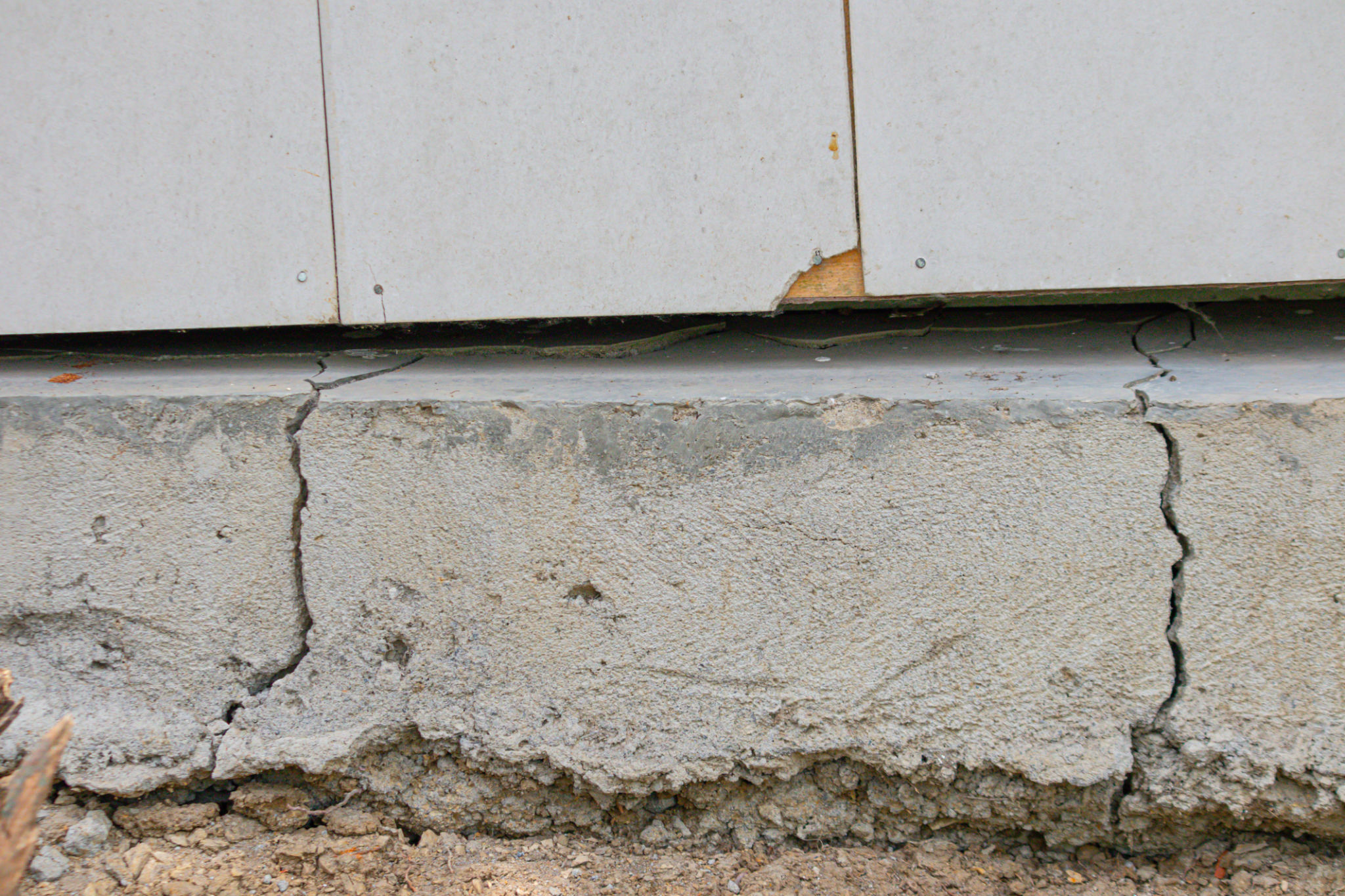Understanding What Causes Frequent Slab Issues in Texas Homes
Understanding the Texas Climate
The unique climate in Texas plays a significant role in causing slab issues in homes across the state. With its vast size, Texas experiences a variety of weather patterns, but one common factor is the extreme temperature fluctuations. In particular, the state often deals with intense heat during summer months, which can lead to a range of problems for concrete slabs.
The soil in Texas is another critical factor. Many areas have expansive clay soil, which swells when wet and shrinks when dry. This constant expansion and contraction can exert tremendous pressure on the foundation of a home, leading to cracks and other structural issues.

The Impact of Soil Composition
As mentioned, the soil composition in Texas contributes significantly to slab issues. Expansive clay soil is notorious for its ability to change volume with moisture content. When it rains, the soil absorbs water and expands, and during dry spells, it loses moisture and contracts. This movement can cause slabs to shift and crack, compromising the stability of the home.
Homeowners can mitigate some of these effects by ensuring proper drainage around their property. This can prevent excess water from accumulating in the soil, reducing the risk of expansion-related issues. However, even with the best preventative measures, the natural properties of the soil can still lead to problems over time.
Construction Practices and Their Effects
The way homes are constructed in Texas can also influence the prevalence of slab issues. Builders must account for the challenging soil conditions when designing foundations. Unfortunately, not all construction practices are created equal, and some may exacerbate potential problems.

For example, insufficiently compacted soil can lead to voids beneath the slab, causing it to settle unevenly. Additionally, improper reinforcement of the concrete can result in cracks that compromise the integrity of the entire foundation. It's crucial for builders to adhere to best practices and use materials suited for the local environmental conditions.
Signs of Slab Problems
Homeowners should be vigilant for signs of slab issues. Common indicators include visible cracks in the foundation or walls, doors and windows that don't open or close properly, and uneven or sloping floors. These symptoms suggest that the slab is experiencing stress or shifting due to underlying issues.
Regular inspections can help catch these problems early. By addressing minor issues promptly, homeowners can prevent more extensive and costly repairs down the line. Consulting with a professional is often advisable if there are any concerns about the condition of a home's foundation.

Solutions and Prevention Strategies
There are several strategies homeowners can employ to prevent or address slab issues. Installing proper drainage systems around the property can help manage water levels in the soil. Additionally, maintaining a consistent moisture level around the foundation can minimize soil expansion and contraction.
- Regular watering during dry periods to maintain soil moisture.
- Installing root barriers to prevent trees from affecting the soil near the foundation.
- Using soaker hoses to evenly distribute water around the foundation.
These proactive measures can help safeguard a home against the effects of Texas's challenging climate and soil conditions.
The Role of Professional Assistance
If slab issues do arise, it's essential to seek professional assistance. Foundation experts can assess the problem and recommend appropriate solutions, which may include underpinning, mudjacking, or installing piers for additional support. These solutions are designed to stabilize the foundation and prevent future issues.

While it might be tempting to attempt DIY fixes, foundation repair often requires specialized knowledge and equipment. Engaging a professional ensures that repairs are carried out safely and effectively, providing peace of mind for homeowners.
Conclusion
Understanding the causes of frequent slab issues in Texas homes is crucial for both homeowners and builders. By recognizing the impact of climate, soil composition, and construction practices, steps can be taken to prevent and address these problems. With vigilance and professional assistance, Texas homeowners can protect their investments and enjoy stable, secure foundations for years to come.